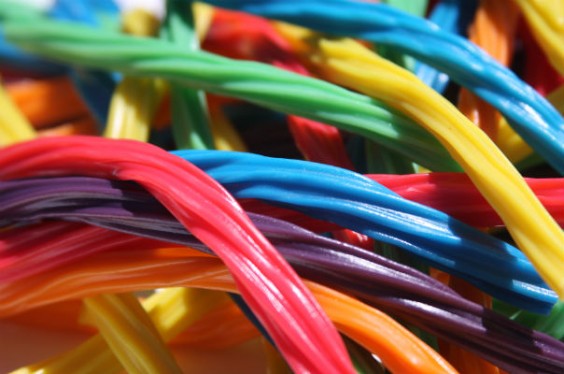Kate M. Serrano
It’s been said that
humans eat with the eyes as much as with the mouth. This is certainly the
reason why the vivid colors, shapes and bright packaging of food in the
supermarket aisle can be so appealing that we buy them not because of the brand
or quality but because of what we see in the packaging. But how much of these
bright colors should be in food?
Food dye is normally used for enhancement of
color and improving food’s overall appearance. The issue on how much food color
should be in food is a known fact. In Europe, regulations on labeling food containing
artificial food dyes to inform consumers of the health risks are already in
place. The United States have no such requirement yet every year food
manufacturers pour 15 million pounds of artificial food dyes into U.S. foods. Some
of the most commonly used food dyes may be linked to numerous forms of cancer,
alongside hyperactivity and other behavioral problems in children. The Center
for Science in the Public Interest (CSPI) reported that nine of the food dyes
currently approved for use in the United States like Red #40 and Blue #2 are
linked to health issues such as cancer and hyperactivity to allergy-like
reactions. These were results from studies conducted by the chemical industry
itself.
Our diet should
include a range of food in vibrant colors. By color I mean those that are
naturally rich in color such as red bell peppers, purple eggplants,
blueberries, green beans. Their natural colors are reminders of the important
nutrients they contain and these are the kind needed in our diet. It may just
be high time to think twice about that rainbow-colored cereal or fluorescent
blue juice. And have you taken your eyes off that pretty pink cupcake on the kitchen
table too?

No comments:
Post a Comment